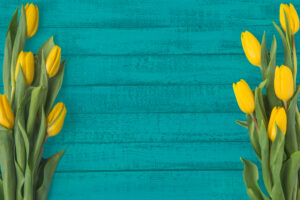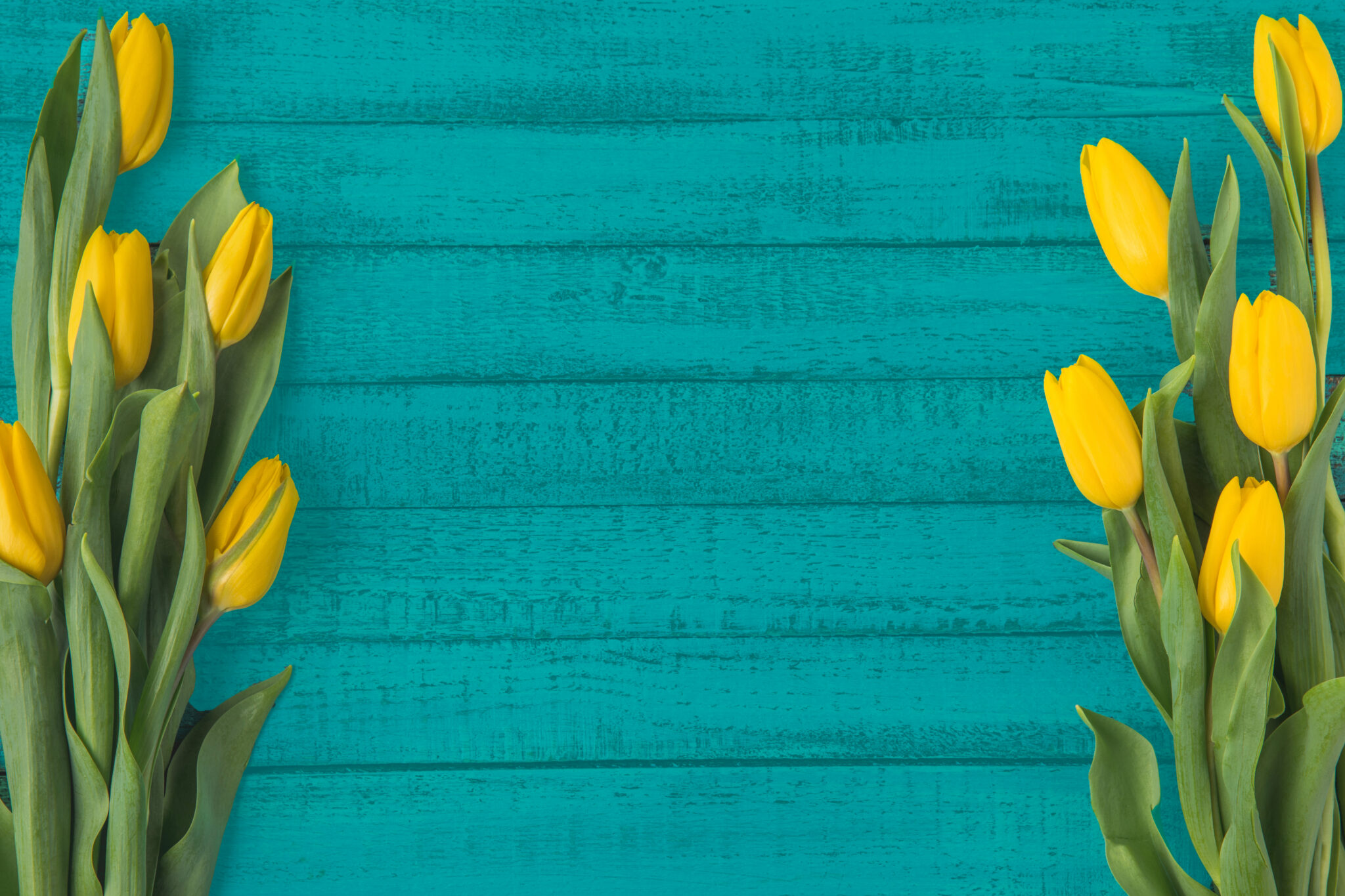Story Generated Via ChatGPT
In most of central and northern Indiana, considered USDA Hardiness Zone 6a, the average minimum winter temperature ranges from -10 to -5 degrees Fahrenheit (-23.3 to -20.6 degrees Celsius). Here are some general guidelines for planting in Zone 6a:
Spring Planting:
- Frost dates in Zone 6a typically range from late April to early May for the last spring frost, and the first fall frost occurs around late September to early October.
- Cool-season crops like lettuce, spinach, peas, radishes and broccoli can be planted as early as April. These plants can tolerate cooler temperatures and even a light frost.
Summer Planting:
- Warm-season crops like tomatoes, peppers, cucumbers, and beans are generally planted after the last spring frost when the soil has warmed up, typically in late May to early June.
Fall Planting:
- For a fall harvest, consider planting cool-season crops again in late summer, around July or early August. This allows you to take advantage of the cooler temperatures and avoid the potential for early fall frosts.
Year-Round Gardening:
- In Zone 6a, gardening can extend into the fall. Some gardeners even plant winter crops like certain varieties of spinach and kale in late summer for harvest during the cooler months.
It’s crucial to pay attention to local weather conditions and specific microclimates in your area. Soil temperature is also important for successful germination and plant growth. You may want to use a soil thermometer to ensure that the soil has warmed sufficiently for warm-season plants.
Consider checking with local gardening experts, agricultural extension offices or gardening clubs for more precise information about planting times in your specific area within Zone 6a. They can provide insights into local conditions and any specific recommendations for successful gardening in your region.
In USDA Hardiness Zone 6a, the timing for planting flowers depends on the specific types of flowers you intend to plant. Here are some general guidelines:
- Spring-Flowering Bulbs:
- Bulbs like tulips, daffodils and hyacinths are typically planted in the fall for spring blooms. Plant them before the first hard frost, usually in September or October.
- Cool-Season Annuals and Perennials:
- Flowers that thrive in cooler temperatures such as pansies, violas and snapdragons can be planted in early spring, around March or April. These plants can tolerate cooler temperatures and even a light frost.
- Warm-Season Annuals:
- Annual flowers that prefer warmer temperatures such as petunias, marigolds and zinnias are usually planted after the last spring frost, which occurs around late April to early May in Zone 6a.
- Perennials:
- Perennial flowers can be planted in both spring and fall. Spring is a good time to plant perennials, allowing them to establish roots before the heat of summer. Fall planting, typically in September or October, is also suitable.
- Summer-Flowering Bulbs:
- Bulbs like dahlias and gladioli, which produce flowers in the summer, are usually planted in the spring, after the danger of frost has passed.
It’s essential to consider the specific needs of the flowers you plan to grow, including sunlight requirements, soil preferences and watering needs. Always refer to the specific planting recommendations for each type of flower to ensure optimal growth.
For more info on gardening tips and soil health, as well as a USDA Plant Hardiness Zone Map, visit planthardiness.ars.usda.gov.






